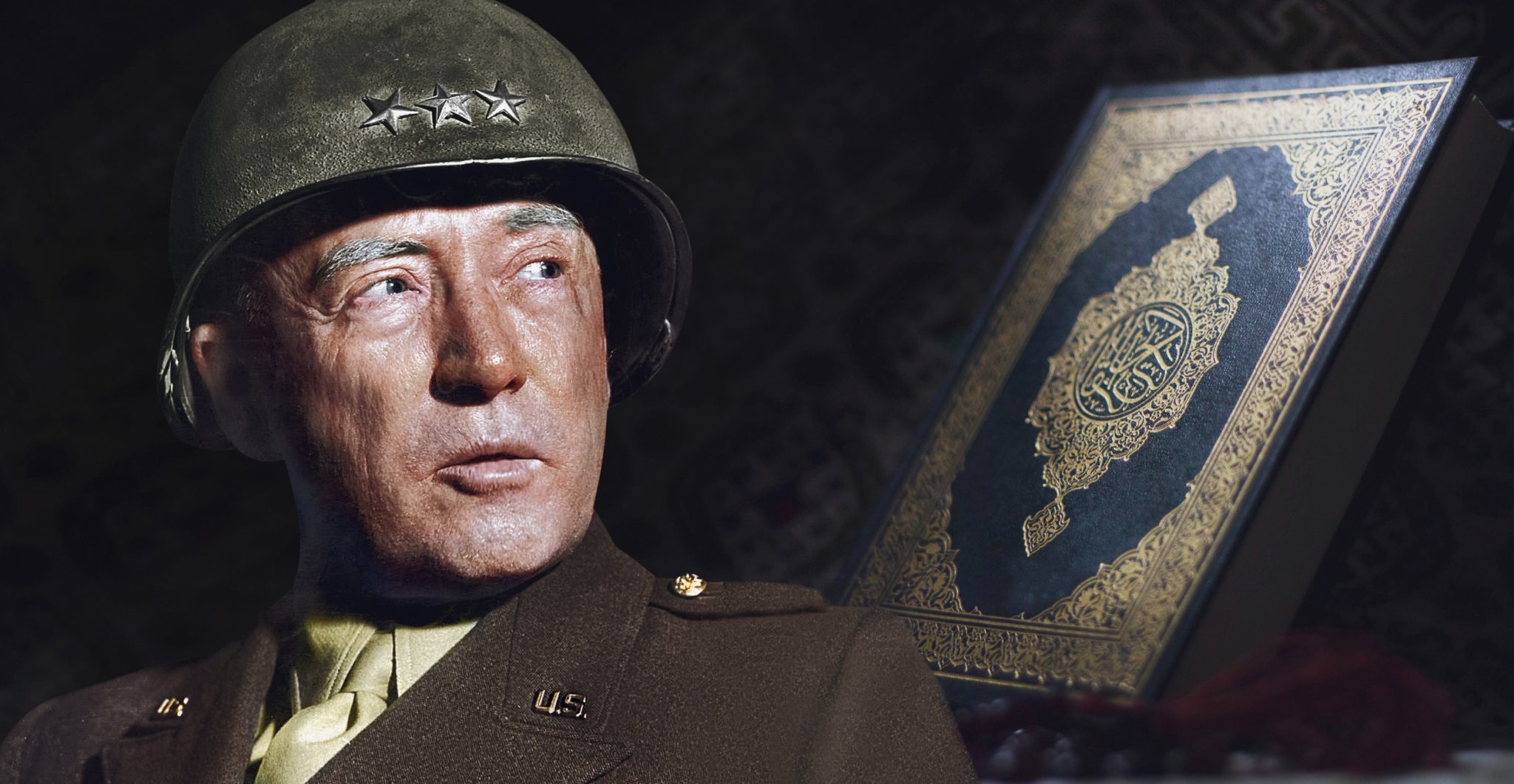Seventy-seven years ago, Gen. George S. Patton’s biggest problem was boredom. The Army general was on a ship, the USS Augusta, in the Atlantic Ocean after a two-week voyage from the States but still a week before Operation Torch would begin.
Operation Torch was the United States’ entrance into Europe during World War II. In a week, Patton’s 33,000 troops would hit the beaches and capture Casablanca – the largest port on the Atlantic coast of Africa.
On October 28, 1942, he wrote in his journal that he had nothing to do, though he realized that he would be very busy in just ten days’ time.
So, Patton read books to pass the time. He also read to escape the self-doubt that haunted him despite his brash and confident appearance. He recorded that he read part of the Koran and completed “Three Harbors” and “The Raft.”
The reason he read the Koran was to get a better understanding of the people who lived in French Morocco who were mainly Muslim. Patton’s reading on the voyage also provides a glimpse of the era’s bestsellers — all but forgotten now — and a hint of what entertained the general who would help save the free world from fascism.
“Three Harbours” is a book by F. Van Wyck Mason which was published in 1938. The story is set during the American Revolution and told from the point of view of a business family trying to keep their Boston-based business running during the turbulent times of war.
Patton also read another book by Mason. This one is entitled “The Cairo Garter Murders.” The protagonist is an intelligence officer in the Army who is able to solve mysteries. He finds himself on the trail of a murderer who dresses his victims in women’s garters.
Another book on Patton’s reading list was “The Raft” by Robert Trumbull. It tells the true story of three US Navy aviators who had to ditch their plane after running out of fuel over the South Pacific Ocean while searching for Japanese submarines. They floated in a raft for 34 days before landing on an atoll 1,000 miles from their crash site. They found food and water on the atoll and were able to survive there until they could be rescued. Their story was a popular one in the States at a time when the country was seeking heroes. The book was a natural for a soldier who lauded stamina and men being manly.
Marguerite Steen’s novel, “The Sun is My Undoing,” was another read the General noted in his journal. The book was highly rated by critics and proved to be very popular among the public in the early 40s. The story about the slave trade in the 18th-century clocks in at 1,176 pages. The setting moves from Bristol, England to the Gold Coast of Africa to Havana, Cuba. It follows Matthew Flood and his descendants. The focus is on typical 18th-century themes like engagements that were called off, soiled virtue and a bit of gothic ambiance.
On November 7th, the task force moved into their positions to begin the attack the next day. The weather was perfect, and the general recorded a prayer for God to continue supporting the mission.
The next morning, Patton woke at 2:00 am to find a calm sea. This seemed to reassure the general that their mission had found God’s favor as the seas in Morocco are rarely calm at that time of year.
As dawn neared, the men began boarding their landing crafts and heading for the beaches to begin the attack. In seventy-four hours, the US would control Casablanca and French Morocco. Patton had begun the story that would be made into countless books in the future.
